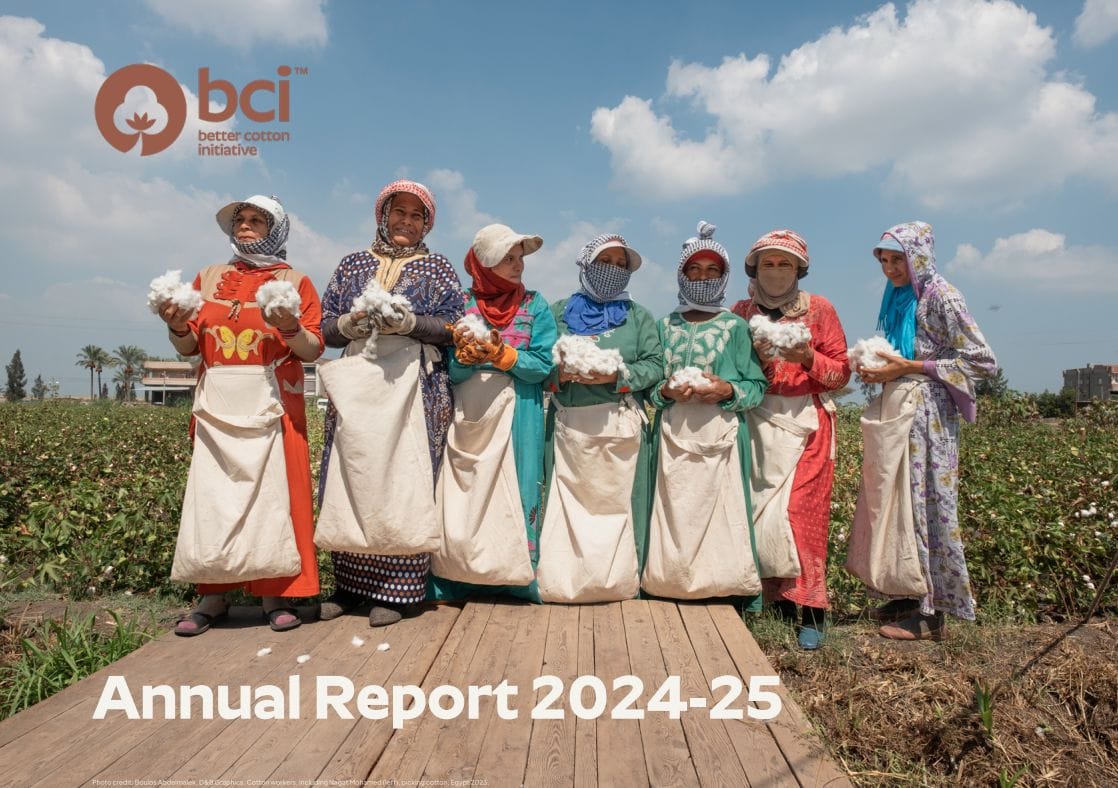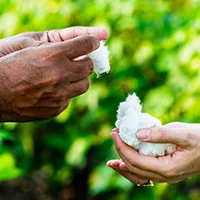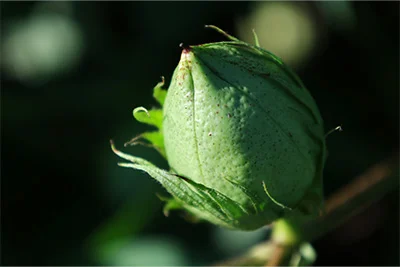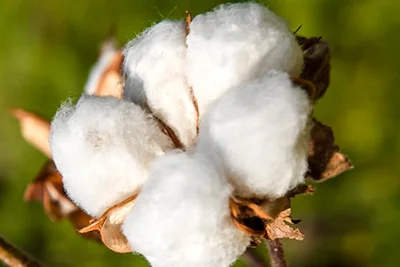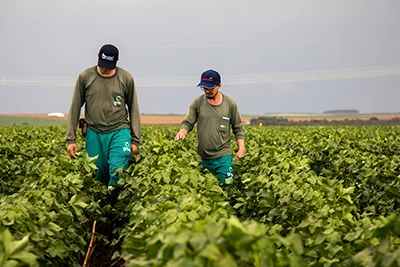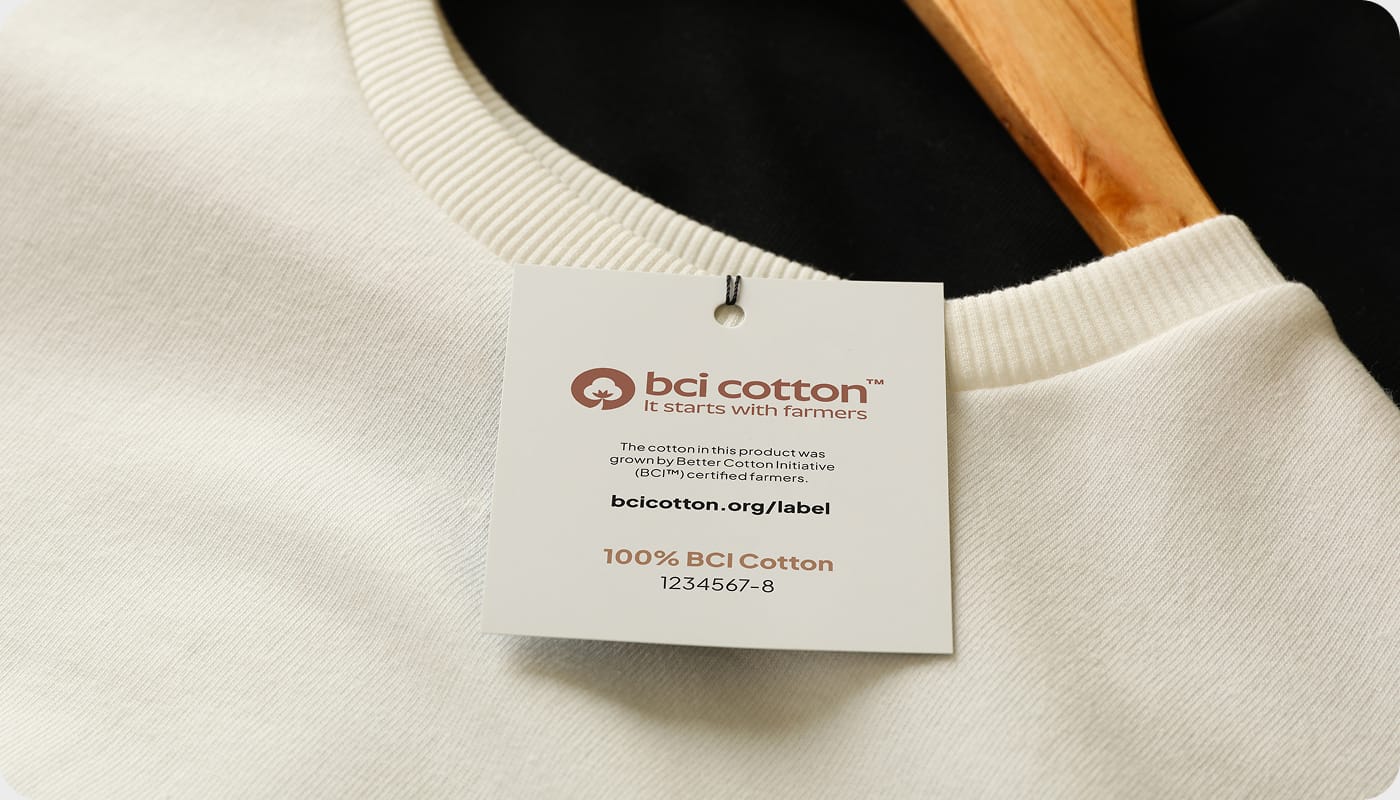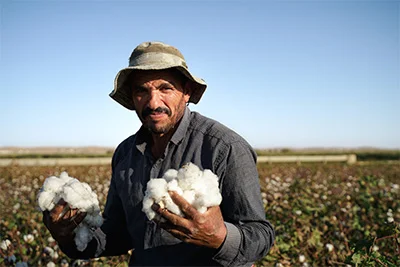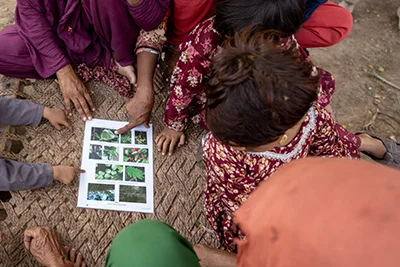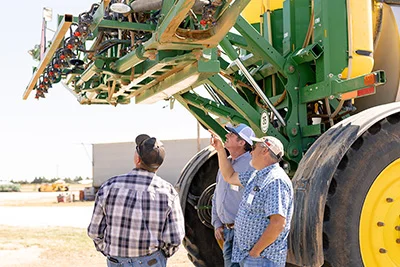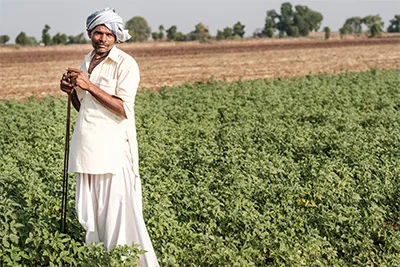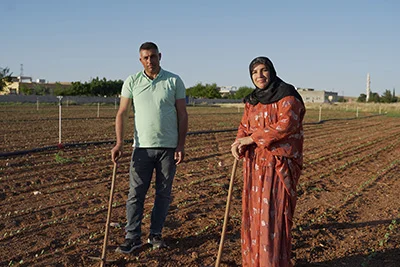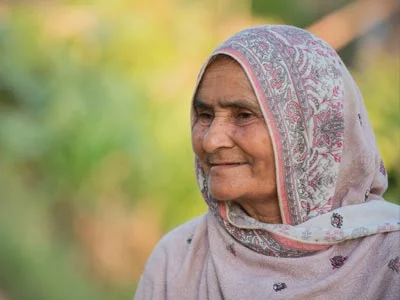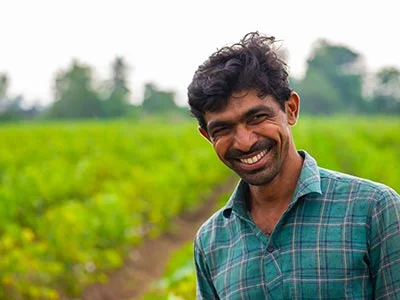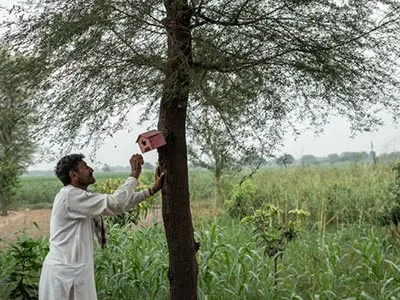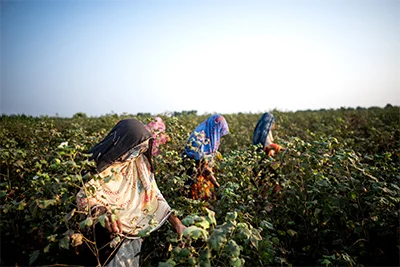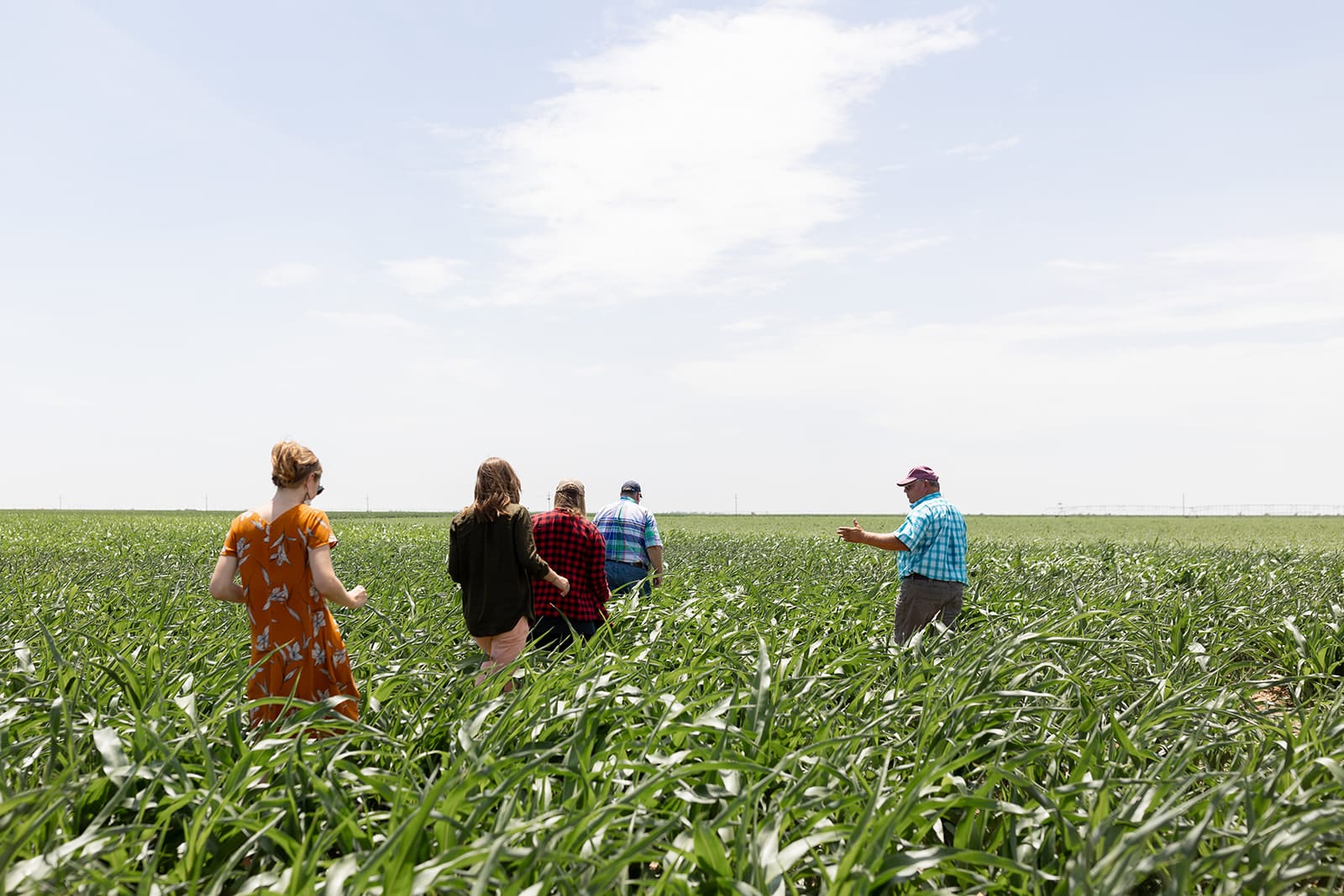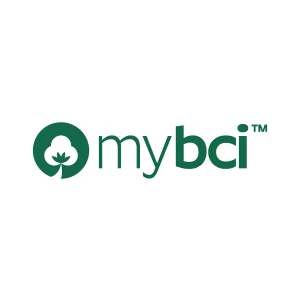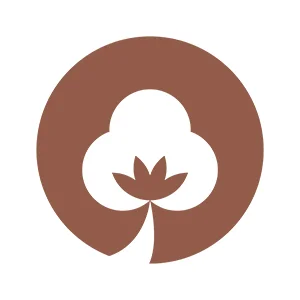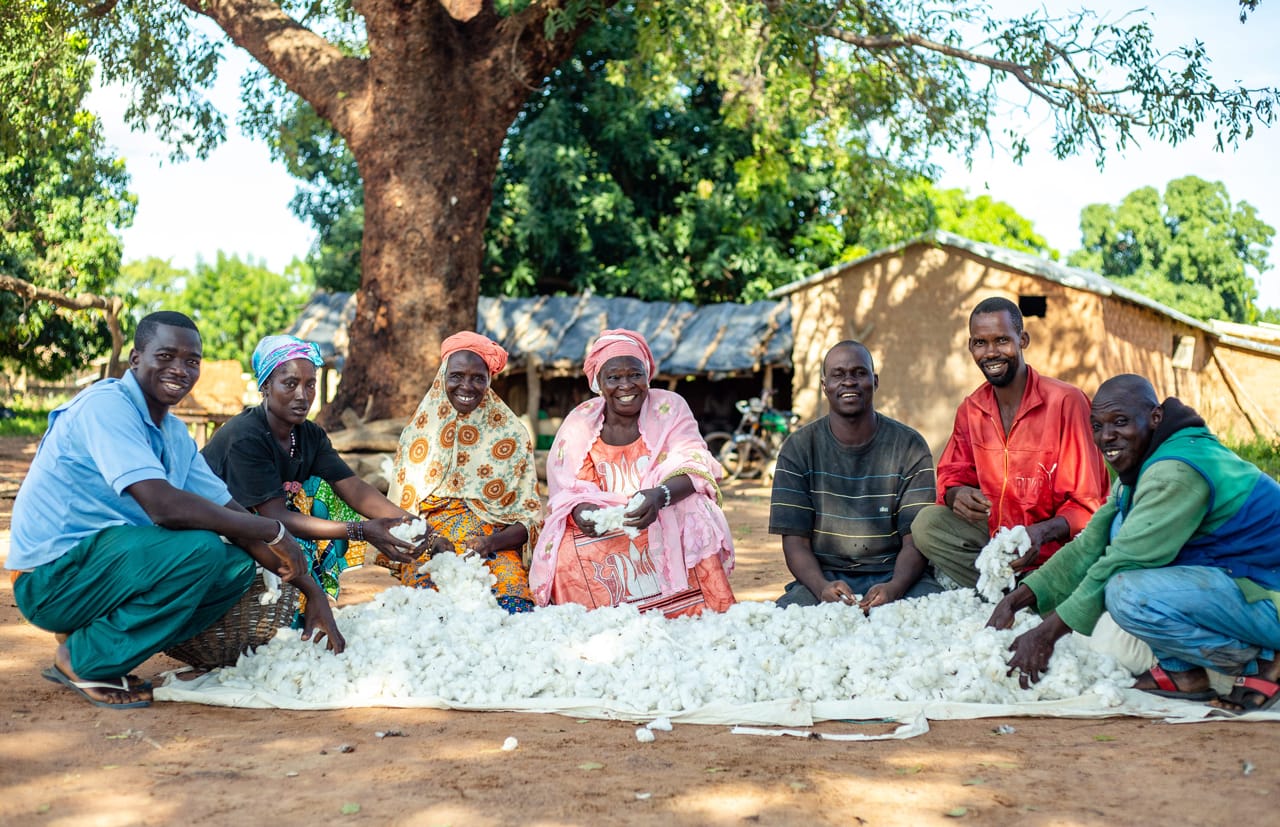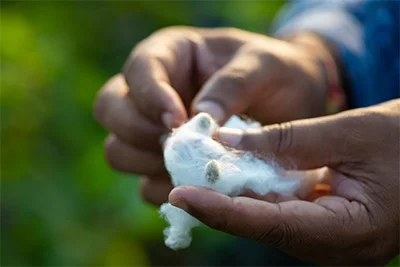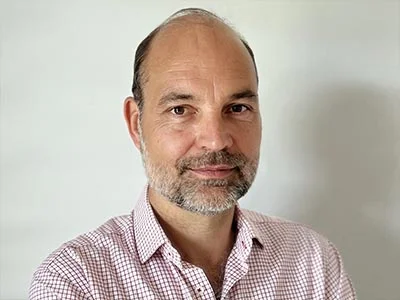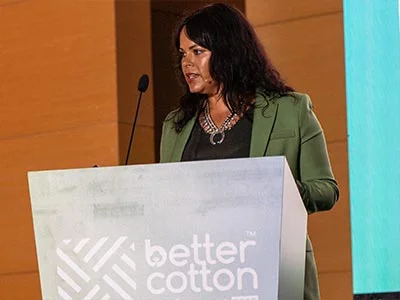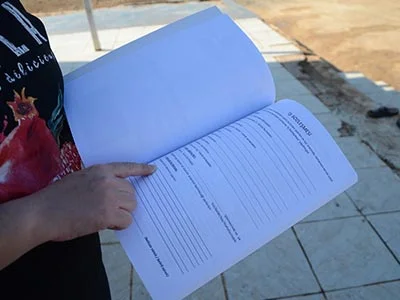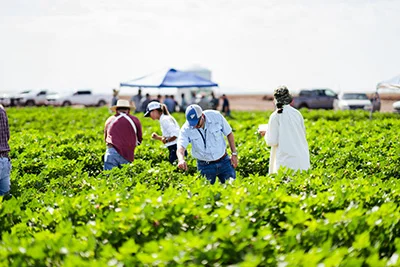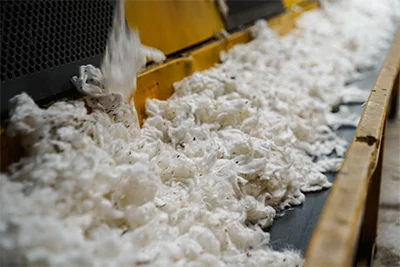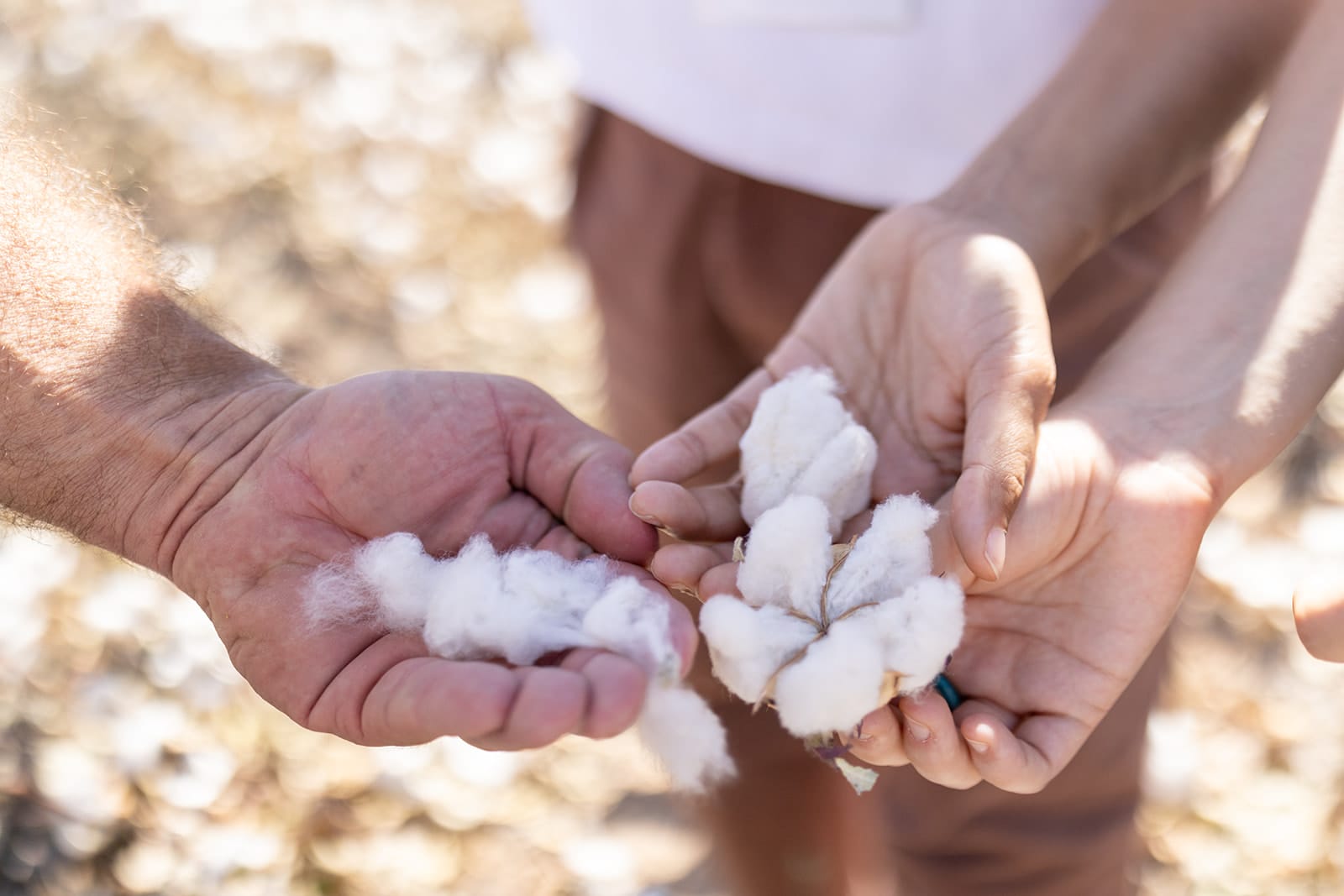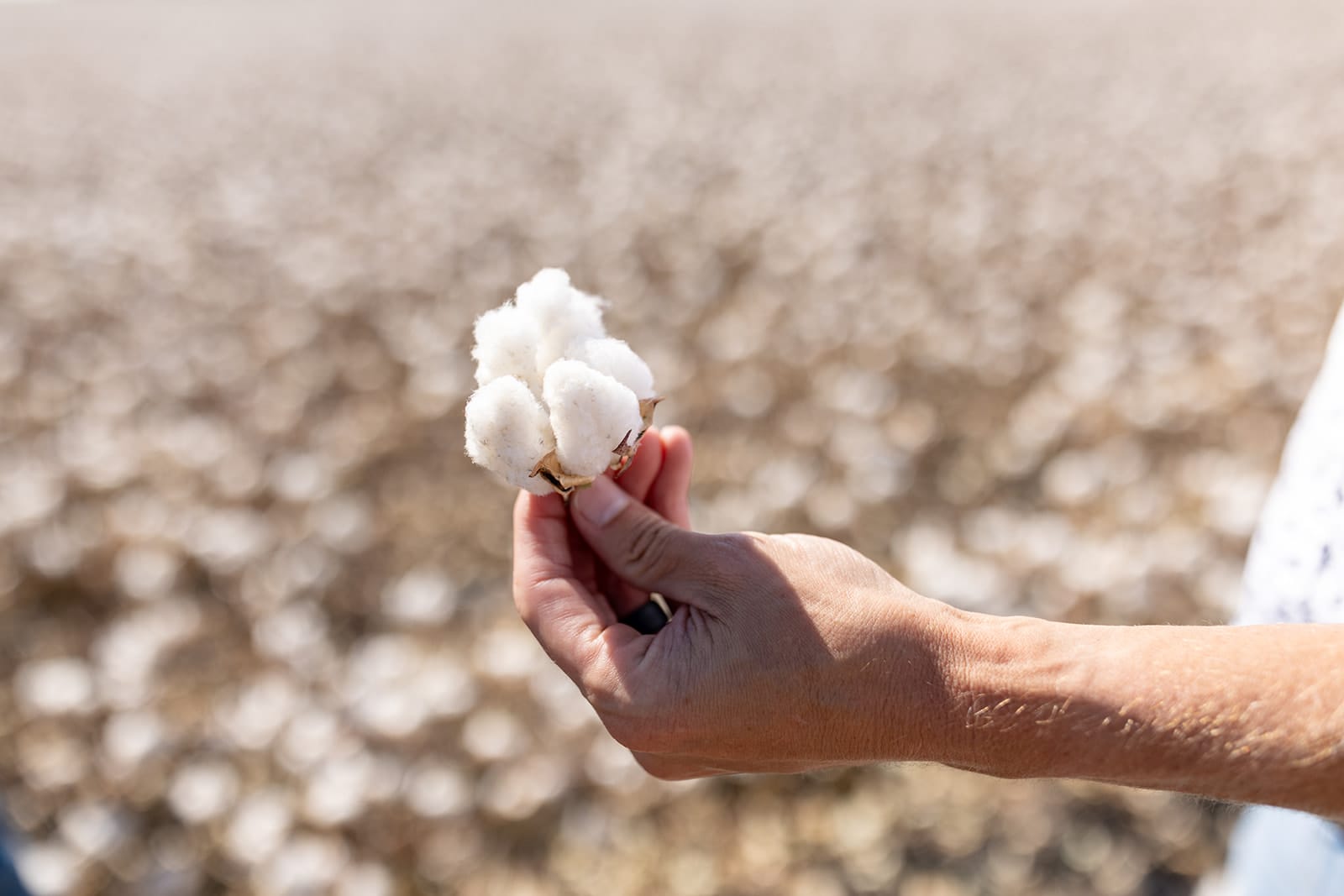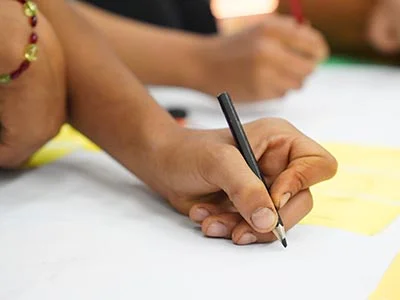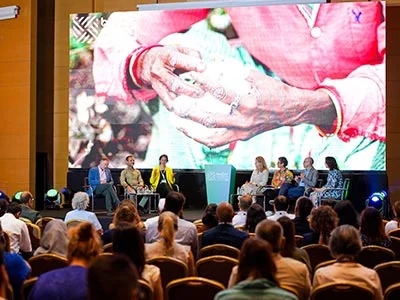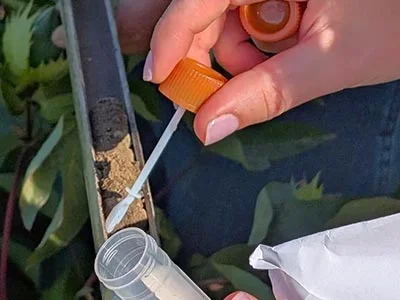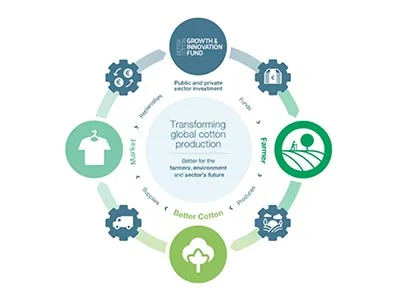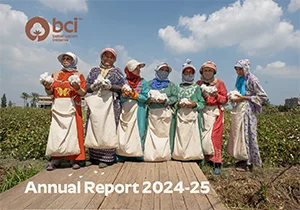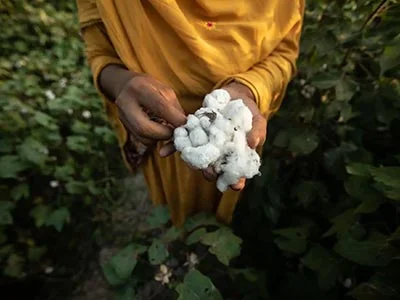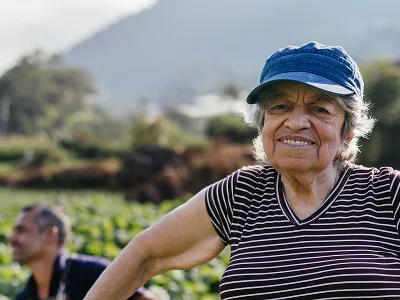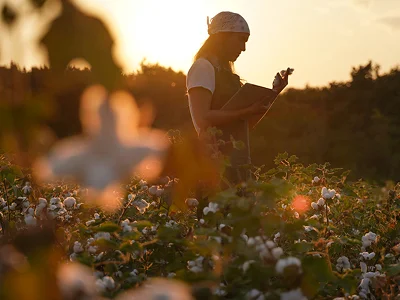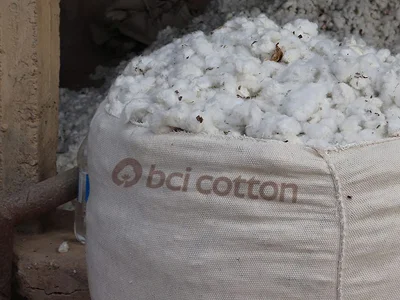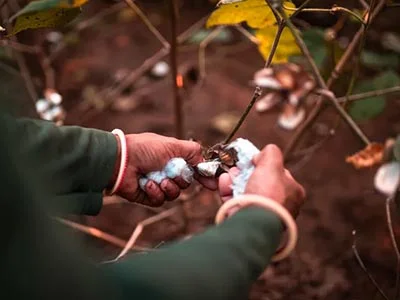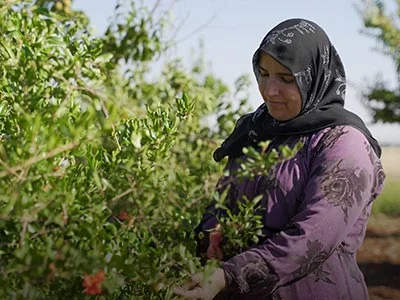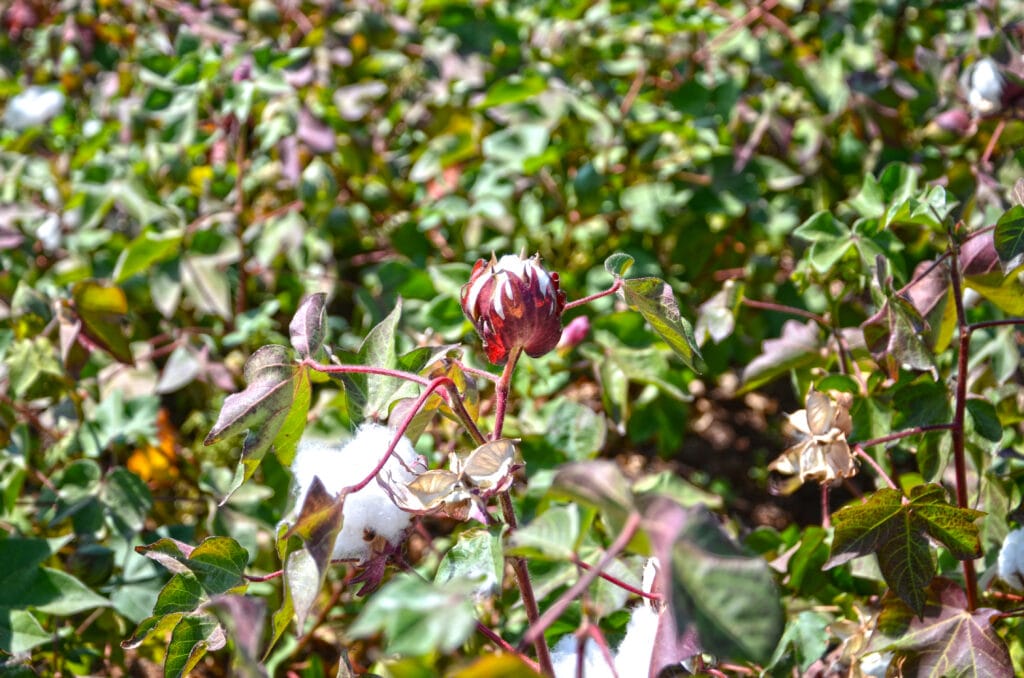


As our CEO Alan McClay recently announced in his blog, Better Cotton has started the journey to become a certification scheme, ensuring that we meet new and emerging legislative requirements while maintaining robust and credible standards.
However, the world of sustainability standards, certifications and regulations is complex, and it can be difficult to understand exactly what this change means for Better Cotton. To break the topic down, we sat down with Tom Owen, Better Cotton’s Head of Certification, to find out what certification really means, and why it matters for Better Cotton and our stakeholders.
What is Better Cotton’s existing assurance model?
An effective assurance system is an essential part of any sustainability programme, and Better Cotton’s system is no different, ensuring that farms and farmer groups meet all the core requirements of our Principles and Criteria before they can be licensed to sell Better Cotton.
We currently use a mix of second-party assessments, carried out by the Better Cotton team, and third-party assessments as the core part our assurance toolkit, with final licensing decisions made by our Standards and Assurance team. This model was purposefully designed to draw upon the expertise of our staff and strike a balance between cost, accessibility and credibility.
What is the difference between Better Cotton’s existing model and certification?
Both the EU Commission and European Parliament define a certification scheme as a third-party verification scheme, whereby all conformity assessments, and the subsequent award of certification, need to be determined by a third-party certification body.
Under our new approach, 100% of certification decisions will be made by a third party. This system builds on our existing approach, maintaining the key aspects that worked well, including the same suite of standards, but updating how we carry out assurance.
As we make this transition, we will work with certification bodies to ensure they receive quality training in order to add value to our existing approach. We will also continue to carry out ongoing second-party monitoring as part of a multi-layered assurance approach, which we feel is the best route forward.
Why is Better Cotton becoming a certification scheme?
This shift to all licensing decisions being issued by third parties will increase impartiality and bring an additional layer of independence. Contracting independents, as well as increasing the total number assessments across the supply chain will be the fundamental tool to ensure that our farm assurance programmes and our traceability offering are as robust as they can be.
Furthermore, as Alan explained in his blog, welcome changes in the legislative landscape in the past few years have aligned with our organisational goals, and provided the additional impetus needed to make the move to certification. We see this as a step which will bring positive change for the industry at large.
What does this change mean for the Better Cotton label?
The sustainability claims landscape has been evolving rapidly in recent years. Legislation driving the shift towards certification is also setting many of the requirements for sustainability labels. We’re taking this opportunity to ensure that the new label for Physical (Traceable) Better Cotton, which is due to be published in 2025, not only complies with these regulations but also reflects our strengthened assurance system. Looking ahead, only fully certified supply chains— from farm to brand level — will be eligible to use the new label.
What other benefits will certification bring?
Expanding the number of third-party assessments will bring additional rigour to our system, while increased monitoring on producers, suppliers and retailers and brands will allow for greater data collection, helping us identify areas of non-conformity and tailor training and implementation approaches accordingly.
Who will need to be certified?
All actors producing, purchasing, processing or selling certified Better Cotton will be in scope for certification.
At the farm level, this means that all farms and Producer Units will need to be certified against the Better Cotton Principles and Criteria.
At the supply chain level, all organisations are in scope for certification against the Better Cotton Chain of Custody Standard – requirements and cycles will differ depending on whether the organisation is sourcing Physical (Traceable) Better Cotton or Mass Balance.
A notable change involves brands that source Physical Better Cotton and will seek to deploy the Better Cotton label. These organisations will be obligated to obtain certification and demonstrate that they have systems and processes in place to manage traceability and claims. This is crucial to ensure that certified finished goods are labelled correctly.
We will share more updates on certification in the coming months – stay tuned for more information!

